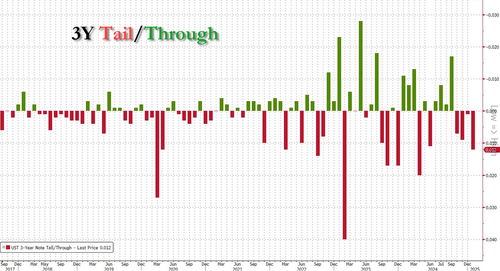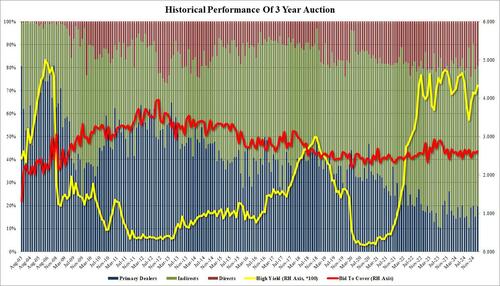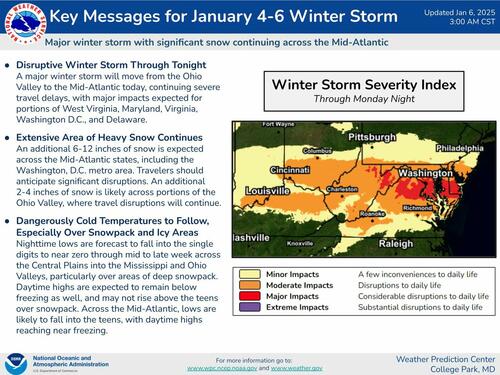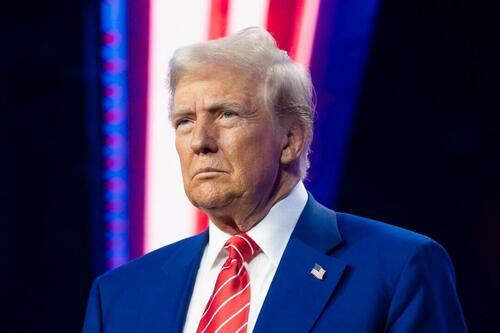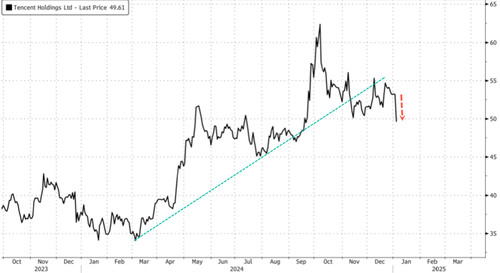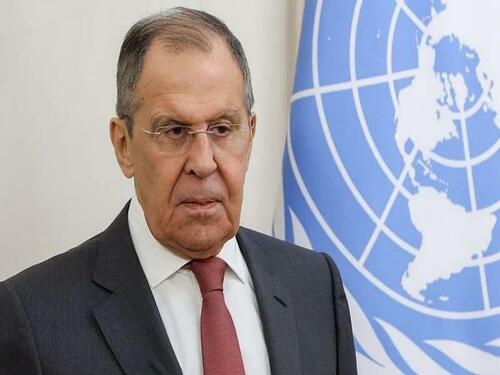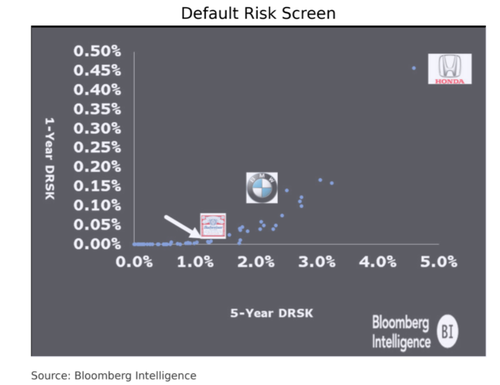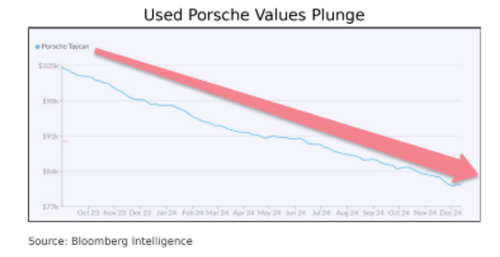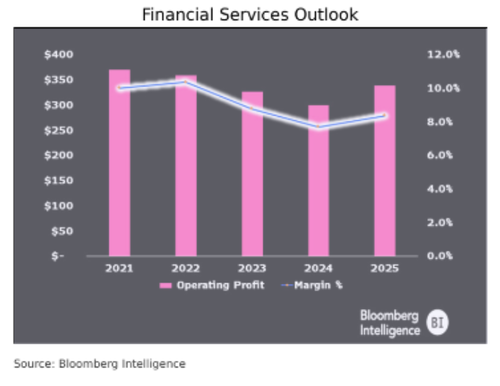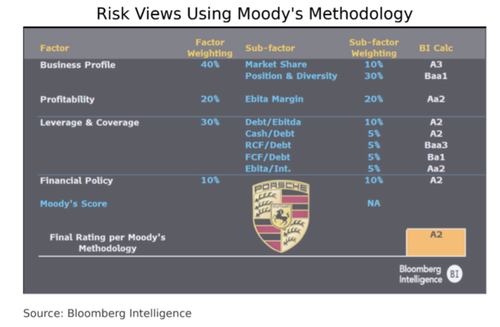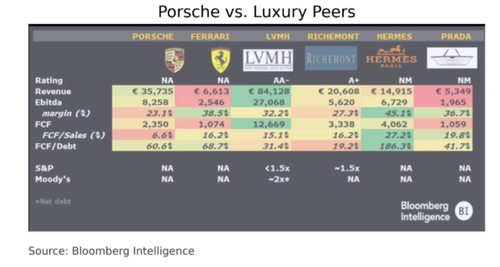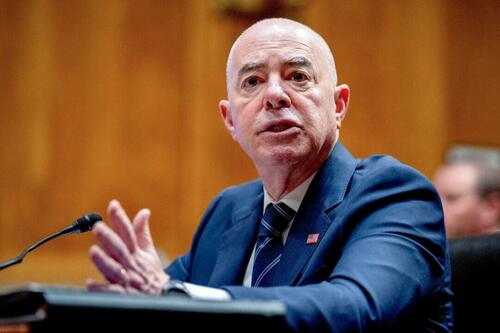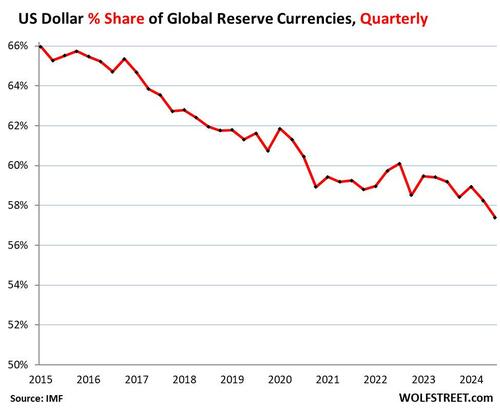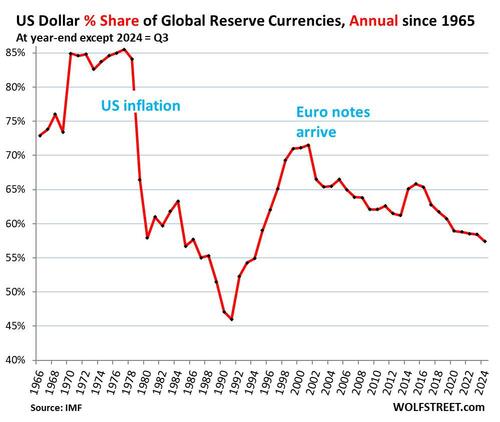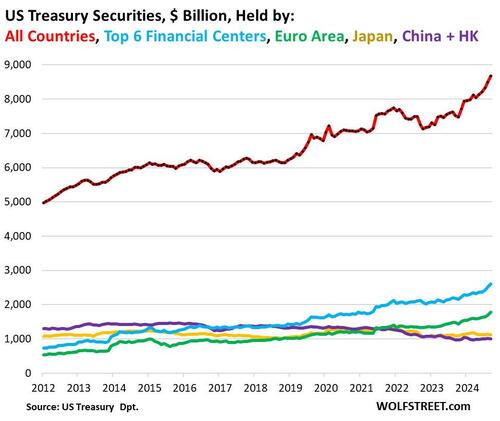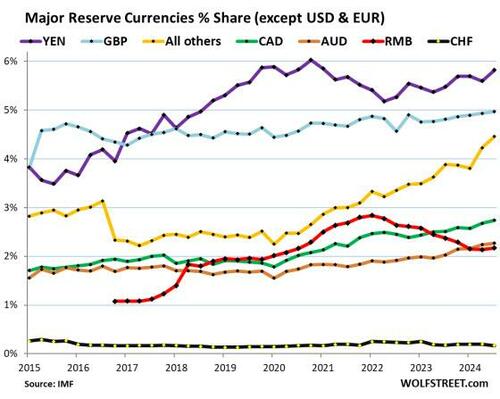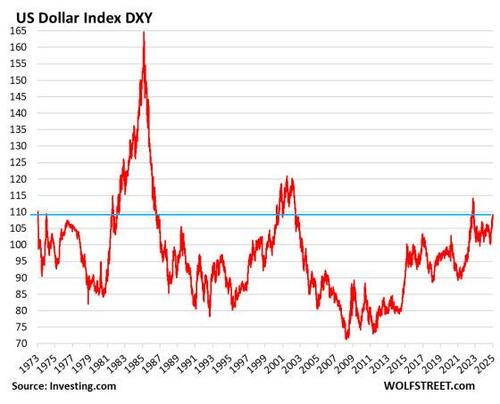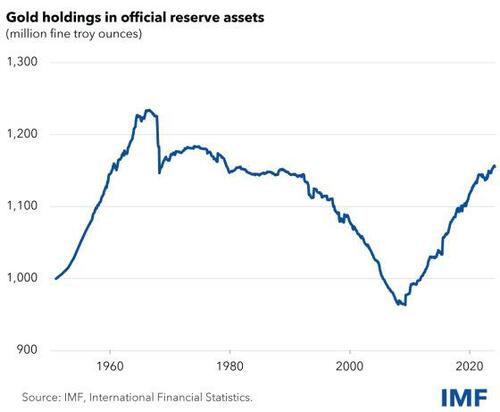Authored by Thomas Buckley via The Mises Institute,
Typically, coup attempts do not wrap up in time for dinner…

But over the next few days, with the anniversary of the 2021 January 6 Capitol riot having become a progressive political holiday worthy of obsessive memorialization, the nation will be deluged with tales of attempted government overthrow, Trumpian lunacy, and the FBI desperately trying to explain why it has yet to catch a person who—on video—placed two pipe bombs in DC that day but has somehow gloriously managed to track down and prosecute 1,000 trespassers.
Despite what the endless and tedious and inaccurate anniversary media coverage—all delivered with a joyously smirking “kid in a candy store/evil Republicans” tenor—will be claiming, the January 6 riot had all (maybe really only some) of the hallmarks of, well, a riot, and none of the indicators of an actual “insurrection,” let alone an attempted coup d’état.
For an actual and successful coup, one need look no further than the inglorious defenestration of Joe Biden last summer.
A coup is an extremely tricky proposition, as Burt Lancaster’s character in the 1964 film “Seven Days in May,” discovered much to his chagrin. The film (and the book) note the level of detailed planning necessary, the prior co-option of various levers of power that needs to occur, the cruciality for speed of implementation, and—just as importantly—the requirement of a post-coup strategy.
January 6 had none of that—the intentional political censorship and elite scheming of the past few years and, of course, the bye-bye to Biden had all of that (except for his vicious vengeful installation of Kamala Harris, not at all being the choice of Pelosi-Obama plotters, as the heir.)
In a proper insurrection or coup, one of the key elements is control of the media. If January 6 were a legitimate attempt to overthrow the government, the planners, in theory, would have made sure that only evil Fox News was left on the air, that it had changed its logo to incorporate buffalo horns, and that all other media—including social—was broadcasting or re-tweeting or posting reruns of “Welcome Back, Kotter.”
This did not happen on January 6, unlike the instantaneous media rallying around, supporting, and explaining why it was perfectly okay for Biden to be put on an ice floe and that Harris was not at all the squishy, angry, incoherent portrait of pointlessness that it had been portraying her as for the previous four years. In fact, turns out, the media said, she was great and smart and definitely going to be met with universal acclaim by the public.
That did not exactly turn out very well.
The January 6 riot was a very odd combination of chaos and politeness, an attempt at a serious—if utterly misguided—political statement, a tragedy in the killing of Ashli Babbit, featured absurd humans doing absurd and scary things, and was politically almost unimaginably stupid.
But it was not a coup attempt.
People overthrowing a government do not wrap things up in time to get back to the hotel for dinner, they do not call the next day to check if anyone found the coat they left behind, and they do not stay within the stanchions:

In Edward Luttwak’s extremely interesting book—Coup D’état: A Practical Handbook—he outlines a series of practical necessities a successful overthrow entails. A neutralized opposition, media control, military support, dedicated and discrete supporters throughout government offices, speed of implementation, a detailed and logistically-feasible organizational action plan, and the immediate institutionalization of the new government are all among the key elements to prevailing. Since what occurred on January 6 not only lacked any of these elements but, by all accounts, had the exact opposite characteristics means, again, the premise that an actual government overthrow was in process is ludicrous.
To an extent, these simple facts are somewhat akin to the key event in the Sherlock Holmes story, “The Adventure of Silver Blaze.” Holmes focuses on a “curious incident”: the dog on the premises did not bark, leading the detective to the idea that the ne’er-do-well was known to the animal. This concept is also known as a “negative fact,” which involves the absence of one thing proving the truth of another.
A key negative fact is that only a handful of those participants the feds have rounded up and charged have not been charged with anything even remotely related to a treasonous, insurrectionist, coup attempt. Considering that some have received years-long sentences for trespassing, one would think there would be more, that is, unless they know it wouldn’t stand up in even the kangaroo courts in DC.
A second negative fact is that the riot, in fact, ended any consideration of and debate about the status of potentially questionable electors. Again, a proper coup would have let the effort move forward in the hope that it would succeed and only be triggered if there was a failure.
A final negative fact is that, despite the avalanche of anniversary coverage, little has been dedicated to the idea of what would have happened if the insurrection had been successful. If those still pushing the story now actually thought that it could have “worked,” they would be screaming about that horrifying potentiality from the rooftops. Since they haven’t, it means even they do not really take the notion seriously.
None of this is to defend the sheer obnoxiousness of the riot—not only was it wrong and illegal, it was supremely stupid from a political standpoint. With the fact that literally everything else went wrong for the administration and the Democrats in Congress in 2021, the riot provided them with the only even theoretically plausible lifeline to retain political legitimacy.
Congressional reports (St. Liz is getting a medal from Biden) and counter-reports (St. Liz may have committed felony witness tampering) have been issued and the FBI is still trying to explain the difference between informants—who were on scene—and agents, which it says (ludicrously) were not.
Friday, the FBI (presumably to have something to say during the anniversary) released “new” info on the person who put pipe bombs next to the headquarters of both the Republican and Democratic parties. The new info? He’s five foot seven. However, they declined to say why they let random people just stroll by the putative bombs even while they were on-site with robots investigating. All this apparently with a coup going on down the street.
Trump officially lost in 2020. Now whether that was due to a collaborationist media, vapor trails of zeroes worth of dark money, extremely dodgy election systems, the actual Big Lie regarding mental competence that was the Biden campaign, Trump’s personality (but probably not his policies), that there may have been 75,000 white men (the only demographic Trump saw a decline of support in, by the way) who were brainwashed into believing that to vote for him was a racist act, covid, generalized drama exhaustion, a belief that Biden would in fact be a good and decent President, or whatever other reason can be debated, but the fact is that Donald Trump left office.
But now he is back and—knowing Trump’s penchant for in-your-face troll drama—one can be certain that he, maybe half jokingly, asked if he could move the inauguration date up two weeks to January 6. Now that would be a memorable anniversary.
